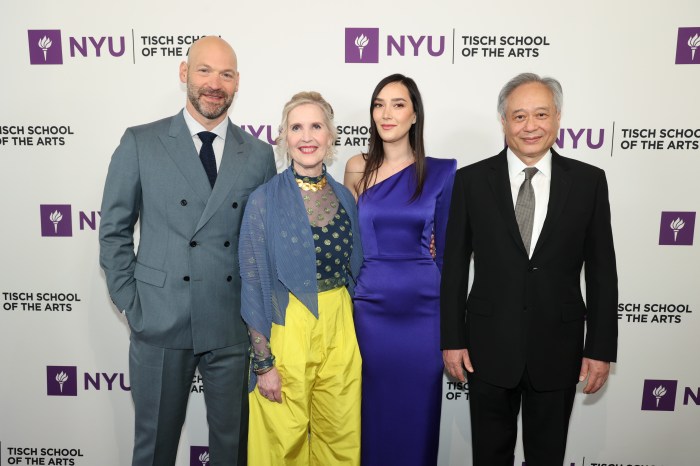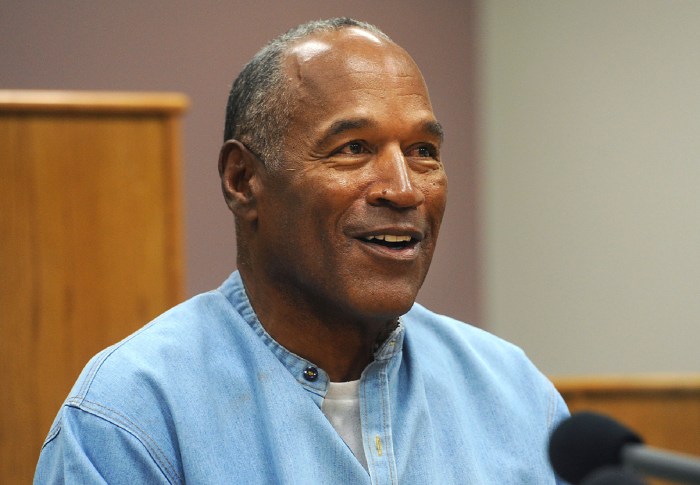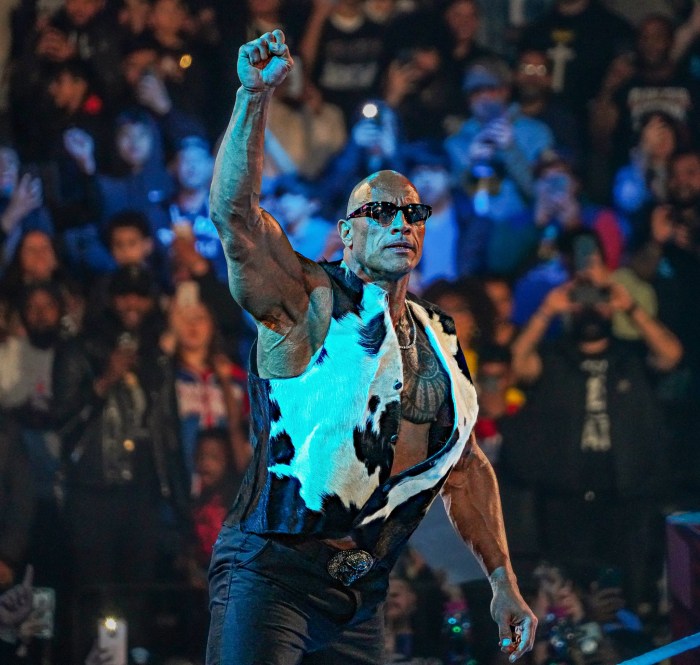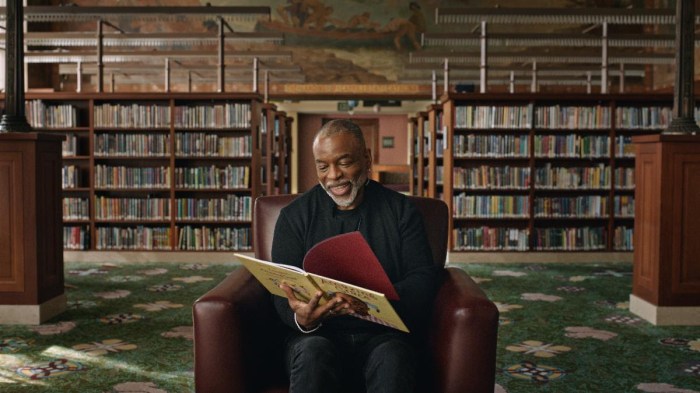For Sachin and Babi Ahluwalia, fashion is literally in the family.
Before they were the husband and wife designer duo behind their evening wear brand Sachin & Babi, they were teens growing up in India, learning to love textiles from the influence of their mothers, both designers. As similar as their upbringings were, their paths didn’t cross until 23 years ago when they both chose to leave India behind to study fashion in New York City.
“We’ve sort of always been in the textile and the fashion business where our family background was concerned. So, it was a natural progression for us to come [to NYC] for our studies,” Sachin said during a telephone interview Tuesday.
In the fall of 1994, they met at the Fashion Institute of Technology, fell in love with fashion — and each other — and years later brought their collaborative designs to the New York Fashion Week runway.
In the midst of picking models and putting finishing touches on their spring/summer 2018 collection, set to debut during NYFW on Sept. 7, the designers recall a bit about their journey to the spotlight.
Stay tuned: Sachin and Babi will take over our Instagram on Sept. 6 to give us a behind-the-scenes look at their road to the runway.
Tell us about how you two met.
Sachin: We actually met the first week we were in school at F.I.T. We became best of friends the first semester because we had so much in common and we had the same aspirations we were both new in New York, away from home. So, we gravitated toward each other. After the second semester, we started dating and by the time we finished our two years at F.I.T., we both had part-time jobs. But, at the same time, we had decided that we wanted to stay back and pursue a career in fashion. It was almost right out of school we decided to start our own business together. We started an embroidery house [in the summer of ‘96 in a loft in Chelsea] focused on being a design resource and manufacturer for business in New York and in Europe. One of our first clients was Oscar de la Renta. Beyond Oscar, we started working with Carolina Herrera, Bill Blass and Valentino.
How did you bridge that gap from textiles to your own collection at New York Fashion Week?
Sachin: We spent the first 10 years of our lives in the city building that business and being really a key design resource for embellishments. That, combined with our schooling at F.I.T., really became our education and laid the groundwork for what we’re doing today … In ‘97, we took up a loft in the Garment District [to begin working on designs].
Babi: For our own brand, [launched in 2009] we had our first Fashion Week six or seven years ago. The format was a little different. We had presentations at the first year say at The Standard on the Lower East Side, but our first runway show was five years ago at Cedar Lake Dance Studio.
Why did you decide to do a runway show instead of a presentation this season?
Babi: Not every season have we done a show because the landscape has changed so much. Some years, we’ve done presentations and some years, we’ve done runway.
Sachin: We’ve gone back and forth on this. The collection always dictates it. Earlier on, our collection was focused on contemporary design. In the past two years, it’s really evolved into an evening collection which is what the true DNA of our brand has become.
One of the key reasons for this collection being a runway show is [that] it really comes from a point of inspiration. Babi had traveled to Turkey a year ago. I went there early this spring … I was really inspired. We decided months ago that the collection would be inspired by the Ottoman Empire and the influence it had in that region on textiles. As we started putting pen to paper, we felt the direction of the collection moving more toward evening gowns. We have a lot of very flowy dresses and decided the collection warranted a runway show. A lot of our collections really take you on a journey. The last fall collection was inspired by our trip to India and reflected the influence of British and Indian royalty.
How far in advance did you start planning for NYFW?
Babi: It really takes about four months. I remember Sachin’s trip was early April. From point of inspiration gathering your thoughts together, and then looking at fabrications meeting the mills, the prints, it takes four months.
We won’t get to see your entire collection on the runway, so how will you decide which pieces make the cut?
Babi: That is going to be decided between today, tomorrow and the day after because the collection is rather wide, you see. Once we bring in the models and the collection is ready and steamed, you try basically the entire collection on her, put photos on a board and then look at pieces that are highlights. You don’t want to bore the audience with 130 looks, so you show 20-30 key looks that show why you’re excited to show the collection.
What do the days leading up to NYFW look like for you?
Babi: It’s never really [hectic] the day before the show because we don’t work like that. We like to have it organized and prepped. The last two weeks leading up to Fashion Week are always hectic because we have the added casting, listening to music, picking the venue. It’s really like prepping for a mini wedding twice a year. You have to have all your ducks in a row.
Are there any challenges that come with being a husband and wife duo? How do you balance each other out?
Babi: I don’t think we have it down yet. You take the work home, so you learn to live with it. At least we try to have discipline and put it aside for the little time we’re home. It has its pros for sure, because you understand one’s day. We divide and conquer and we’re coming from the same place.
How do you balance raising your two daughters — Rhea, 14, Tarah, 11 — on the Upper East Side while running a successful fashion brand?
Sachin: There’s no correct formula. Babi takes a lot of the pressures off me when I’m designing and she will take care of the girls. They know some evenings we’re not going to be home early. They’re very understanding.
Babi: Most of the time. They’re teenagers. As much as they try to understand my life, they don’t and as much as I try to understand their lives, I don’t. It’s never easy. I try my best to be there. They’re New York City kids, so they know the drill.

















